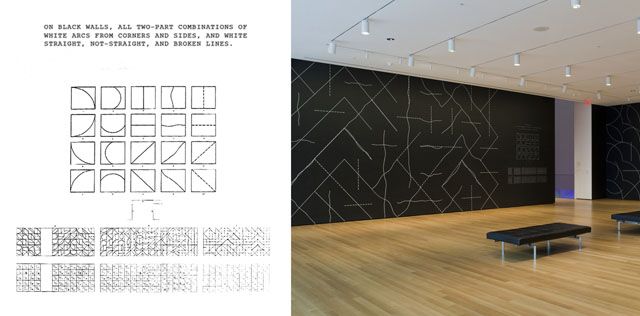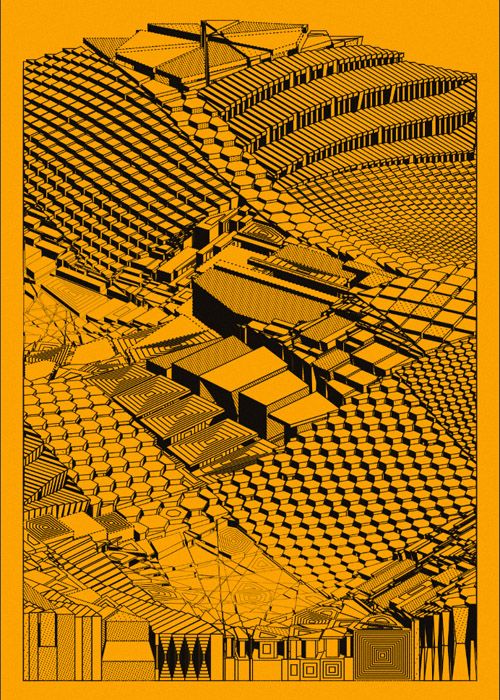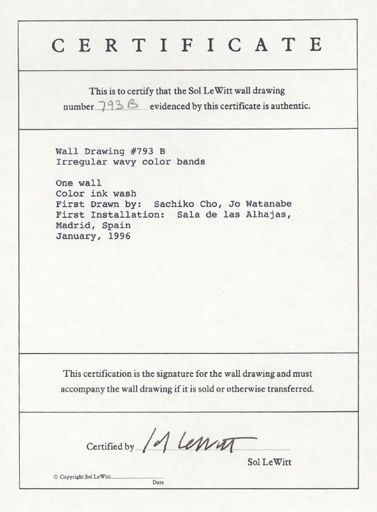Delusion of Value
Human nature often leans toward pretension and ego. We have a tendency to perceive ourselves through the distorted reflections of status, unaware that we are like figures in a funhouse mirror — a narrative as ancient as our existence. Our societal validation often hinges on materialistic possessions rather than profound ideas. We tend to overlook the wisdom encapsulated in the saying "Clothes don't make the man".
However, despite our perpetual quest for confirmation, the virtual space presents a unique challenge. In the words of Jean Baudrillard, we find ourselves immersed in hyperreality, constructing simulation upon simulation. Just as a photo of an apple necessitates the existence of an actual apple, the same dependency does not hold true for virtual existence, especially in an era dominated by artificial intelligence. In this age, we have discarded genuine sources and replaced them with their simulacra. We are navigating a realm where the boundaries between reality and simulation blur, challenging the very essence of our understanding and existence.
Like Baudrillard in his philosophical work, Sol LeWitt made similar remarks through his conceptual art, challenging the prevailing narratives surrounding authenticity and reality. LeWitt’s creations were more than mere aesthetic expressions; they were blueprints that transcended the physical, emphasizing the power of ideas over tangible objects. In LeWitt’s conceptual realm, the very essence of art shifted from the material to the intellectual, mirroring the profound shift Baudrillard observed in an increasingly simulated world. LeWitt’s artistry served as a harbinger, echoing the sentiment that true substance lies in the intangible — a notion that becomes increasingly poignant in an era where the virtual and the real entwine in complex and often perplexing ways.
In conceptual art the idea or concept is the most important aspect of the work. When an artist uses a conceptual form of art, it means that all of the planning and decisions are made beforehand and the execution is a perfunctory affair. The idea becomes a machine that makes the art. — Sol LeWitt, 1967.

Sol LeWitt’s art was a radical departure from the conventional emphasis on physical objects. He championed ideas over materials, enabling the execution of his work by anyone following his instructions. In essence, LeWitt’s conceptual brilliance rendered the notion of owning a tangible piece of art secondary to grasping and executing the underlying idea.
Current Art Landscape
Now, let’s take a closer look at the current state of affairs, using NFT art as a recent example, which, in my opinion, stands in stark contrast, where ownership is the ultimate validation. The idea is secondary to the virtual “receipt”. The art itself is almost irrelevant because anyone can have literally the same item since it’s just bytes; the only value is an entry in a blockchain ledger. We need to own, ownership of the land, of animals, of status symbols. This is the only thing that seems to define us. We are constantly overrating the original version as something of the highest value, forgetting the transcendental idea as the most important substance. This idea was fundamentally challenged by conceptualists but was cynically reversed by the NFT trade mechanism, used by some to get rich, on top of the naïve.
In 1968, Sol LeWitt came up with the idea of wall drawings that he never executed. If you purchase a LeWitt artwork, you receive two things: a detailed instruction and a certificate — no drawing, sorry. In a sense, you’ve “acquired” an idea per se. Does this ring a bell to you? The ongoing evolution is exemplified by generative on-chain NFTs, where a smart contract is programmed with instructions to autonomously generate art, as illustrated in the case of Factura by Mathias Isaksen.

LeWitt’s instructions were democratic blueprints that invited participation and interpretation, mirroring egalitarian ideals but contradicting themselves with the art world’s urge to own. LeWitt surrenders by producing certificates, a practice now followed by the NFT movement.
The NFT craze promotes the illusion of possessing a unique piece of digital art. Without grasping the idea behind it, all you really have is a ledger entry. In contrast, LeWitt’s early works, centered on instructions and concepts, were inherently unique and irreplicable. The ownership of a Sol LeWitt piece resided not in the physical object but in the comprehension and execution of the artist’s ideas.

But, can we not reflect on the irony of prioritizing the idea over ownership? In the contemporary art landscape, the significance of LeWitt’s creations seems to have dwindled, perhaps due to his own contribution through the issuance of certificates. Consequently, genuine recognition for the true essence of the idea is now confined to a niche audience. The value seems to lie solely in those certificates – the predecessors of NFTs – rather than in Mr. LeWitt’s original ideas.
Please treat my ranting thoughts as a simple reminder that it’s easier to simulate value (simulacra of value) instead of creating a true one.
And last but not least, there comes AI art, where the idea seems to be the most important feature, where execution is left for the machine… but this is a delusion on its own, maybe for a future article.
Sources
- Sol LeWitt’s — Wall Drawing #541, Emily Smith
- Focus: Sol LeWitt | MoMA
- Wall Drawing #260, On Black Walls
Krzysztof Kamrowski — Head of Design
